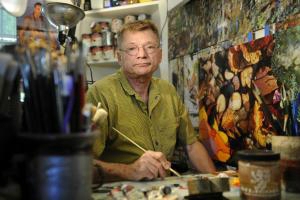
A Mystery, “Raising the Dead”
A chance discovery of two masterfully executed oil portraits at a Los Angeles yard sale was the catalyst for unraveling the mystery of their creator. These were large canvases, apparently about thirty or forty years old, and both featured the same Native American youth. Fortunately, the seller remembered the artist’s name — Paul Bedard. Initial research on this gifted portraitist revealed only that he had slipped through the cracks of American art history. So little was recorded about his life and works that research revealed only a few press articles. Fortunately, interviews with his friends and colleagues yielded more facts.
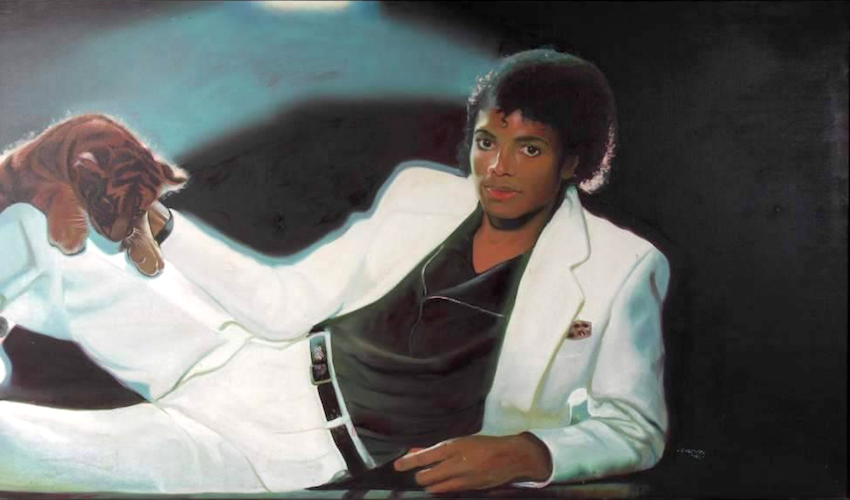
History is filled with artists who venture to major cities like Los Angeles only to get lost in a curious shuffle between jobs needed to sustain themselves while hoping to secure representation in galleries. During the last quarter of the 20th century Los Angeles saw few opportunities for fine artists outside of commercial jobs. However, the city has long been associated with a vibrant tradition in street murals, particularly since the Chicano Art Movement and its social messages of the 1960s–70s. But back in the 1970s–80s most aspiring artists still made the pilgrimage to New York City in hopes of gaining recognition and fame in the epicenter of the art world. It was not until the beginning of the 21st century that the number of galleries in Los Angeles had grown significantly; plus, the addition of new world-class museums brought the city greater recognition as a major center for the fine arts.
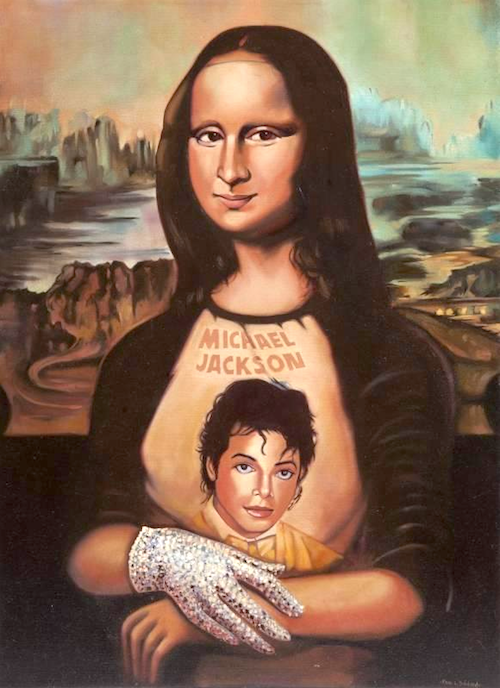
Bedard’s career began in Los Angeles in the early 1980s working as an artist for the Solbrook Display Company in North Hollywood, which was established in 1938. The studio specialized in painted billboards and by the 1970s turned to promotions for rock stars and bands. Bedard painted huge billboards as well as posters. He was also sought after for his oil portraits for album covers, and signed under the brushname, “Trout.” In 1993 a Los Angeles Times reporter interviewed Bedard about his role as one of “The Star-Makers of Sunset Strip.” “There’s no money in it,” he admitted. “You have to love what you’re doing…and with a six-foot head, it’s pretty hard to blow it. It’s hard to get two-foot eyes crossed or lose the shape.”1 Rock’s biggest stars stopped by regularly to approve of the portraits that Bedard had painted of them, and which were destined for posters and album covers. They included Bono, Madonna, Van Halen, George Michael, and Michael Jackson.
Solbrook’s owner, Pat Solomon, recalled the traffic of celebrities. “You have to check day-to-day, but chances are they’ll be here,” she told customers.2
The huge painted billboard portraits produced at Solbrook could be found all over Los Angeles. These were often collaborative affairs requiring small groups of fellow artists. Bedard’s colleagues included Chris Burden [1946–2015], who later became a famous conceptual artist. Samantha Wendell still specializes in portraits. Annabelle Bonds taught art at an elementary school but regularly supplemented her income with jobs as a muralist and painter of what she described as “funky, strange album covers.” Bonds described Bedard as “very talented and perceptive, with superior abilities.” She recalled that he may have been born in Chicago in the mid 1950s and settled in Los Angeles as a young man. “He was brilliant, yet quiet and solitary,” she observed. 3 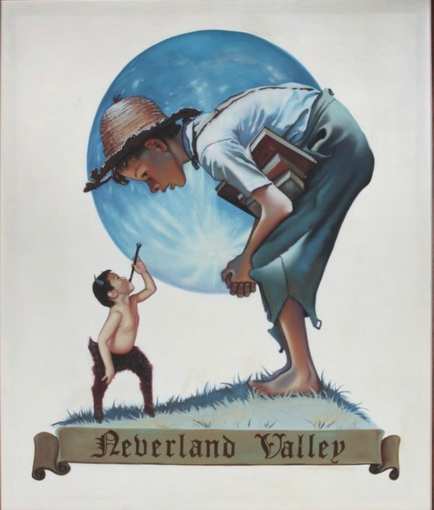
Bedard’s skills as a portraitist attracted the King of Pop, who became his biggest patron. Michael Jackson hired Bedard as one of his personal artists, starting with the album cover for Thriller in 1982. Bedard also painted a series of fifteen portraits of famous historical figures wearing Jackson’s white sequined glove, all of which hung in the singer’s home. According to Bonds, Jackson also found in Bedard a close confidante, and he gave the glove to him.
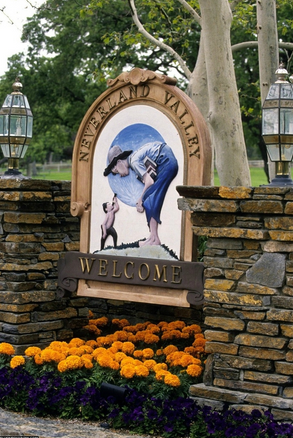
One of Jackson’s favorite works by Bedard was Neverland Valley of 1986 (above). The image is of a boy holding books under his arm while bending over to engage a faun playing the flute. Bedard based this painting on Norman Rockwell’s Saturday Evening Post cover from April 1935. When Jackson bought the ranch a few years later, this painting was installed at the entrance gate.
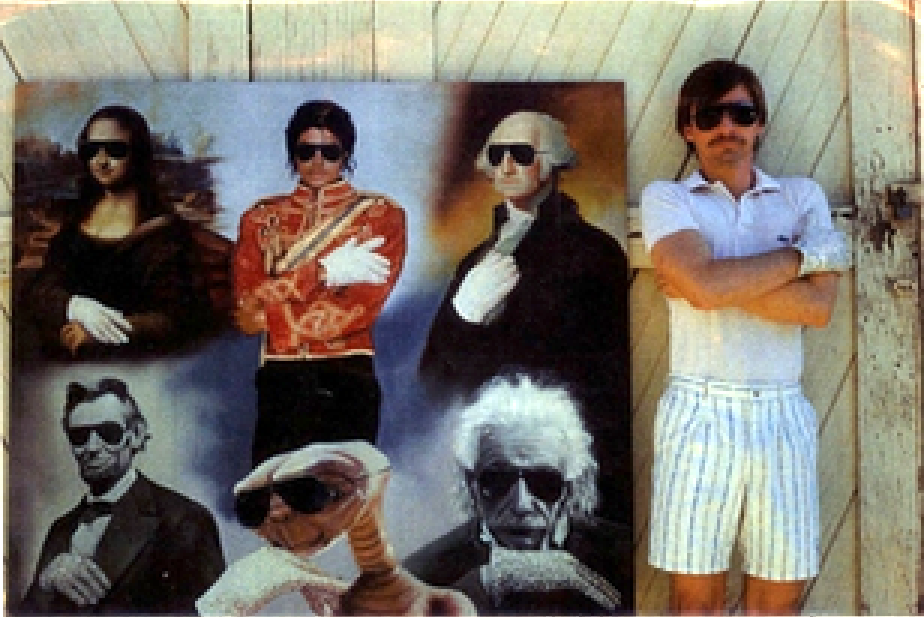
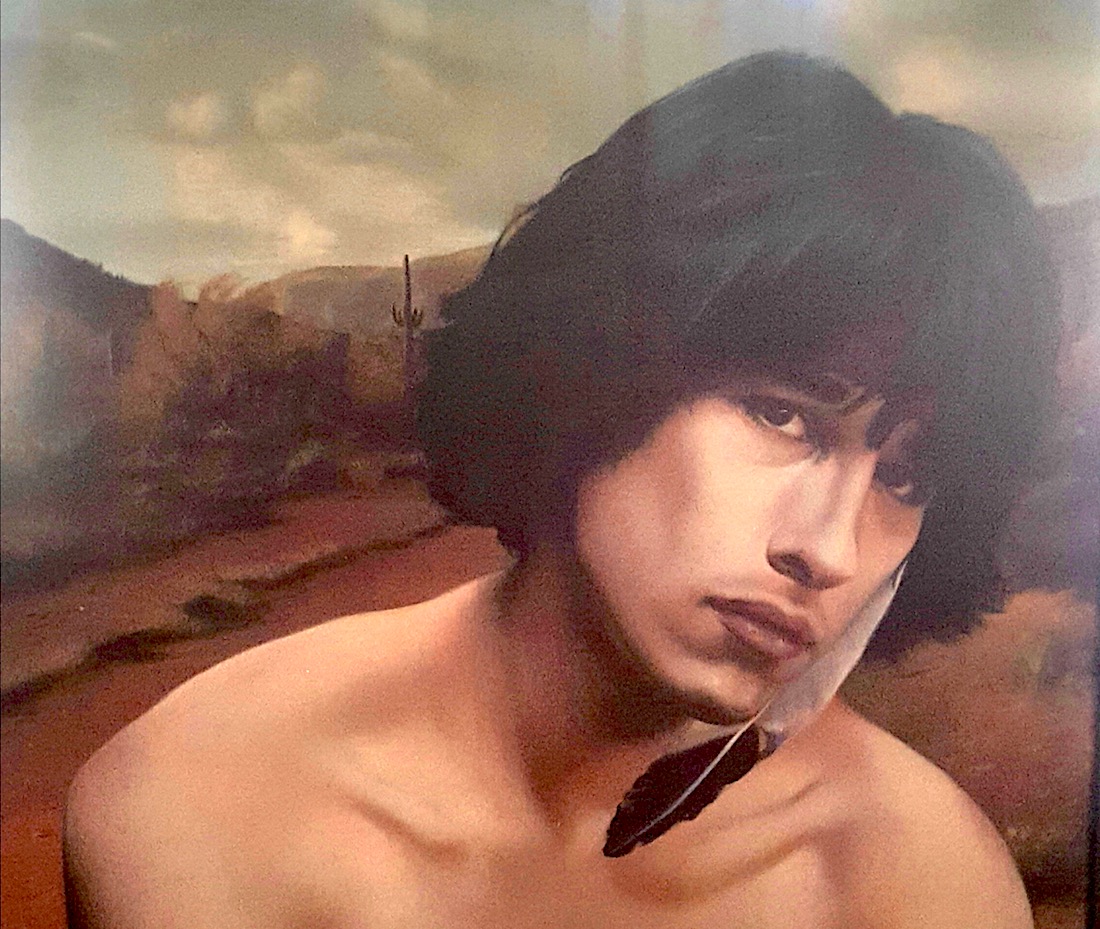
Later, when Bedard was traveling in Arizona, he met a Hopi youth who went by the name of B.J. — identified by an inscription on the verso. The sitter is as elusive and mysterious as the painter. A handsome youth (above), he appears to be a loner, gazing directly at the viewer as he cocks his head to the left. A single feather — known as the roach feather — hangs from his hair. The feather, which is white with a charcoal-colored tip, is from an immature golden eagle — a fitting symbol for this wandering youth depicted in a desert valley surrounded by mountains.
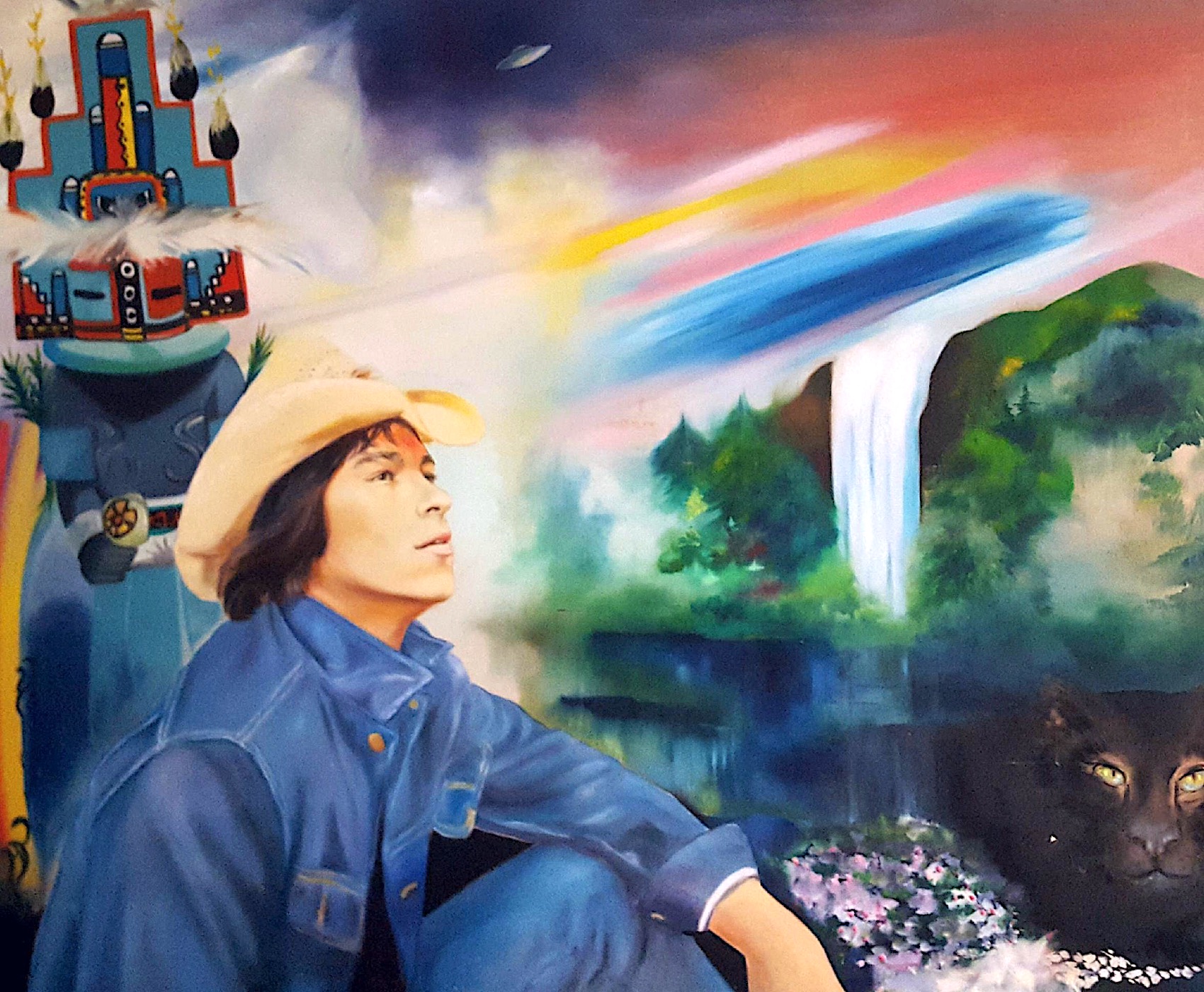
In Hopi Visions (above), Bedard orchestrates several themes in Hopi mythology. Here, “B.J.” is seated in the foreground with a kachina figure looking over his shoulder, like a guardian angel. For the Hopis, kachinas possess supernatural powers and act as messengers between humans and the spirit world. Also poised near him is a panther, revered for its healing and hunting powers. In the background, the Northern Lights, also known as the Aurora Borealis, were considered sacred. The brilliant lights hover over a tall mountain waterfall, while higher in the sky flies a UFO — a contemporary symbol of the mystery of the universe. Bedard captures these several dramatic allegories pondered by a youth who appears to be learning lessons, and perhaps suffering on a personal quest, but striving for transcendence in the Native American tradition.
According to Bond, Bedard was able to quit Solbrook in the mid 1990s because his partner, Simon, landed a well-paying job. Bedard’s private work increasingly attracted attention. He painted portraits of celebrities such as Elizabeth Taylor, Robert Mitchum, and Jane Wyman — attracting numerous students to attend his series of art workshops held privately on Venice Boulevard in West Los Angeles. When this quiet master became represented by a gallery in Santa Monica he also gained notoriety for humorous portraits of his favorite model — his English bulldog, “Moose” — who he portrayed as celebrities. For example, there was Moose as Frida Kahlo and Moose as Andy Warhol. In 1998 his sense of humor caught the attention of a critic for Los Angeles Magazine who wrote, “Bedard’s expertise is that of a master forger on a lunatic binge.”
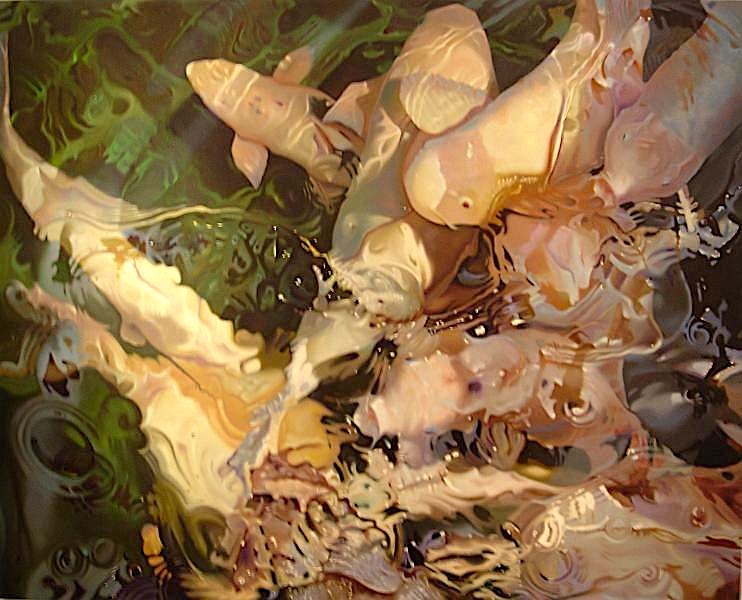
On trips to Maui he became fascinated with the island’s many koi ponds and produced a large series of paintings of schools of the colorful carp. One of his paintings, Emerald Koi, was given a favored spot in the Washington D.C. office of Senator Daniel Inouye. In addition to Hawaii’s beaches Bedard was attracted to Boracay, a small island in the central Philippines, where in 2000 he was the site production photographer for the movie “Sparkling Sea.”
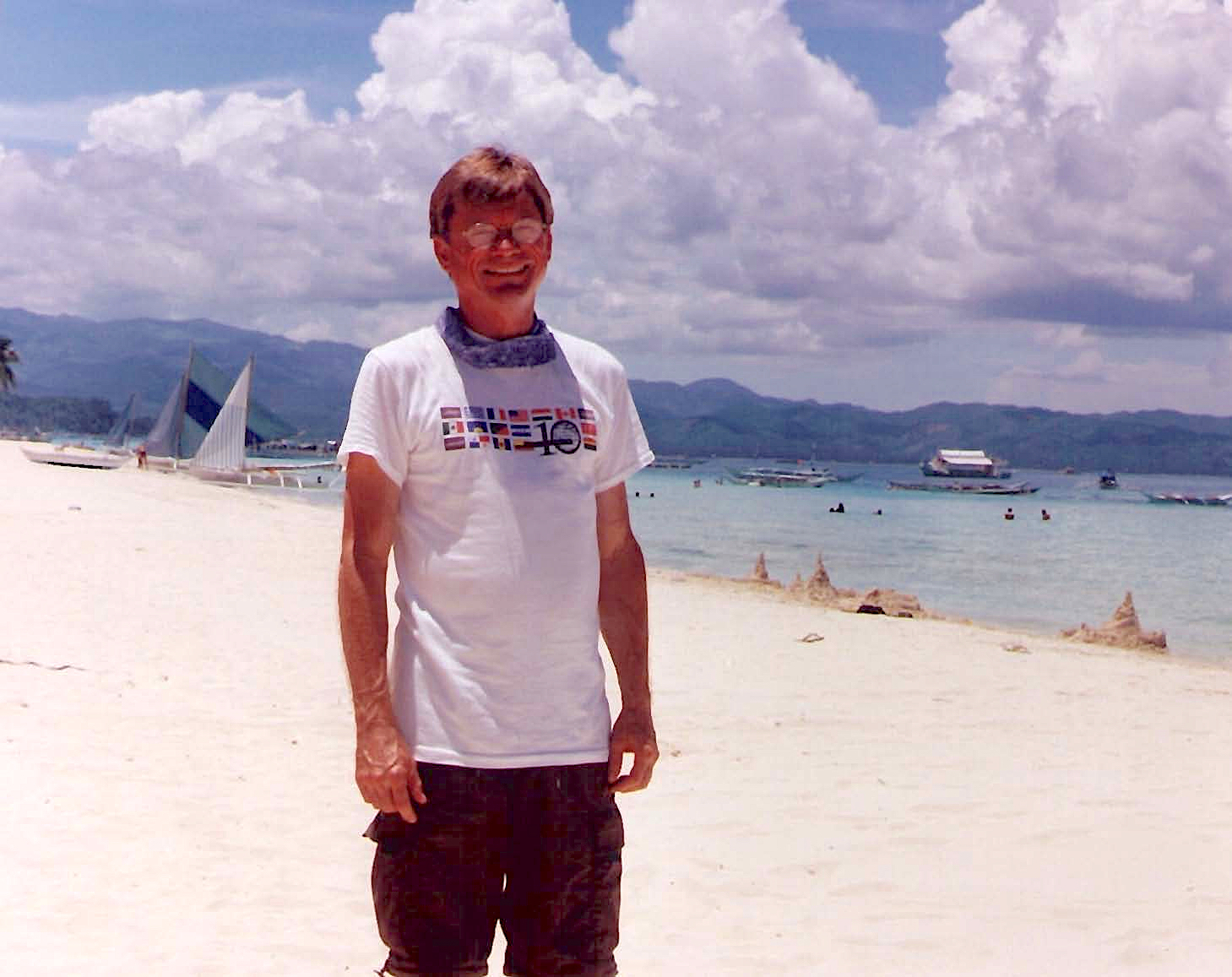
With so many unanswered questions remaining it seems appropriate that any conclusions about Bedard’s life should remain equally mysterious. After years of a close friendship with Michael Jackson, the star had given him the white sequined glove that appeared in the many portraits Bedard painted for Neverland. Bedard sold the glove privately in 2005.
In September 2009 he registered on Twitter but only posted four messages:
I’m watching “Monster that Challenged the World” while I paint. Finished painting of Michael Jackson with George Washington, Abe Lincoln,
Al Einstein, Mona Lisa, E.T. [a second version, painted in 1985] to the movie “The Slime People.”
Today Michael Jackson’s painting was shipped to N. Y. to Julien’s Auctions, Nov…
In Oct. on the “Today Show” the painting may be on it.
A Mystery: Raising the Dead — In the early 90s I put Trout to rest [Bedard’s brushname].
And now Mike and I decided to bring Trout up from the dead.
On March 18th, 2010, after a five-month hiatus, he posted his final message:
I’m so sorry, I have been very busy with work. My painting auctioned off for $53,000 plus change (at Julien’s).
I was very happy. A casino in Hong Kong bought it for their M.J. gallery. Yaaaaaaaaaaaaaa!
Bedard passed away in 2012 from complications of AIDS, from which he had been suffering for about thirty years. Hopefully, more paintings by Bedard, a.k.a. “Trout” will surface so that a deeper understanding of his life’s work may be realized — beyond the famous series of portraits sporting Michael Jackson’s white sequin glove. Unfortunately, in this epilogue Bedard never lived to see his painting of Famous Figures sporting that glove fetch $53,000 at Julien’s Auction in New York in 2016.
— Peter Hastings Falk
FOOTNOTES
1 Lazar, Rochelle Levy. “The Star-Makers of Sunset Strip” [Los Angeles Times, Urban Art section, 28 Feb 1993]
2 Va Salle, Linda. “The Grandmother With a Rock ‘n Roll Heart” [Los Angeles Times, Urban Art section, 16 Sept 1988]
3 Interviews with the author via emails and telephone interview on August 8, 2018.
4 Los Angeles Magazine, April, 1998
OTHER SOURCES
Special thanks to Rummel Mor Bautista, Paul Bedard’s lawyer and close friend; and, to one of Bedard’s artist-colleagues, Annabelle Bonds. Confirmation of certain facts are from the website “On Michael Jackson’s Footsteps” from 23 Nov 2014. Auction facts are courtesy Julien’s Auctions, “Music Icons” (Sale #112109, 11/21/2009).
